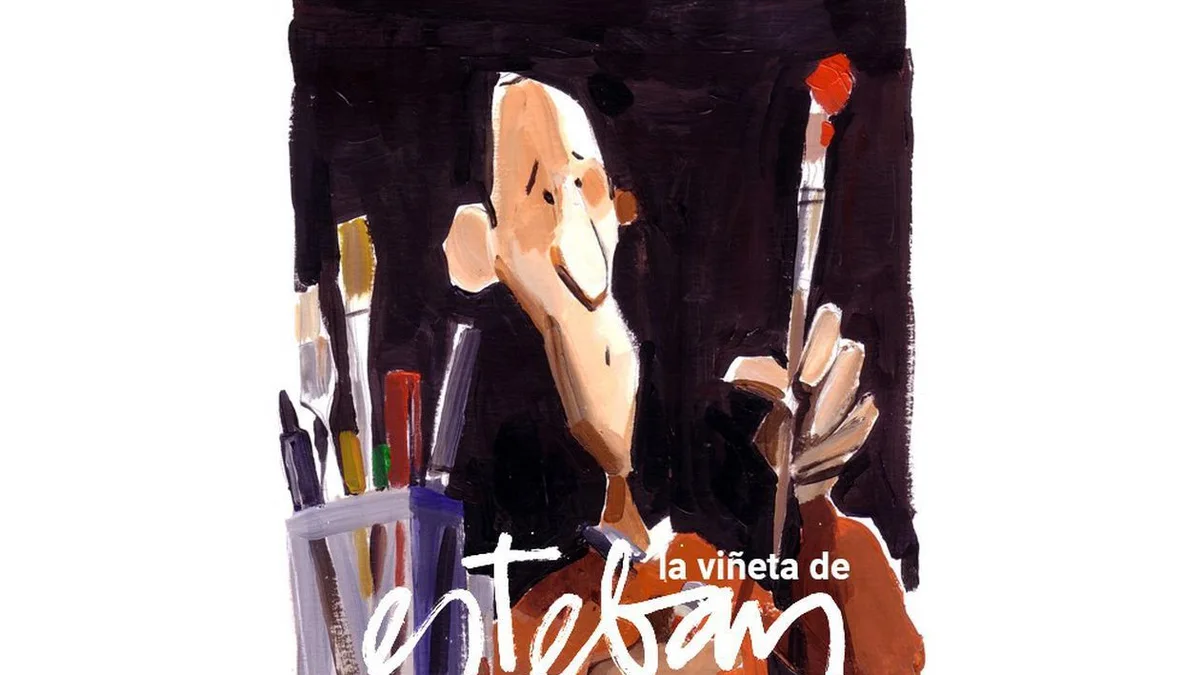For years, California has been gripped by contentious debate over its new ethnic studies requirement for high schools. Now, after another summer of debate, legislators are going back to the drawing board to find a solution for the issues vexing school districts and parents.
Lawmakers are for the moment putting aside efforts on the latest bill, AB 2918, which purported to add clarity to how schools should implement the new requirement. This pause, a commendable step towards a thoughtful solution, gives them a rare opportunity to address a fundamental flaw in the underlying statute that leads to classroom censorship.
In 2021, California became the first state to require ethnic studies as a high school graduation requirement. In theory, the mandate allowed for maximum flexibility for school districts to interpret the requirements to reflect their communities.
But the 2021 law had a mandate: instructional materials could not “promote … bias, bigotry, or discrimination” against a protected class (ie. racial or sexual minorities). This language echoes a 2011 law which prohibits public K-12 schools from using instructional materials containing “any matter reflecting adversely” on a person based on protected classes and is again referenced in the now-defunct AB 2918.
The intent of this “guardrail” language is clear: to prevent biased classroom materials from hurting students or adversely affecting the quality of the course. It was also an attempt to address concerns raised by a coalition of ethnic and religious minority groups who said in 2019 that the original state-commissioned draft of the model curriculum did not “reflect California’s diverse population, and advances a political agenda that should not be taught as unchallenged truth in our state’s public schools.”
You may wonder why these guardrails are a bad thing. Inclusion, after all, is the goal of the ethnic studies mandate to begin with. But prohibiting certain viewpoints from the classroom is always a slippery slope: vague prohibitions and unclear implementation strategies inevitably lead to self-censorship and overcompliance. In Tennessee, for example, a state law prohibits teaching that “[promotes] division between … a race, sex, religion, creed, nonviolent political affiliation, social class, or class of people” and other “divisive concepts,” many of which appear benign on their face. Nevertheless, they caused a music teacher to “rethink [their] use of certain African American spirituals” because they were afraid they may be accused of violating the law. That same language, borrowed from a 2020 executive order and replicated from state to state, has caused similar self-censorship in classrooms around the country. And California’s prohibition on biased materials is doing the same.
Already, schools have been roiled by controversy over how they address Israel in ethnic studies. Many Jewish parents charged that certain content was antisemitic, in violation of the “guardrail” language. Ethnic studies scholars have called the guardrails “ideological policing” that “exclude Palestinians and Arabs.” Conservative critics have claimed that the course is riddled with critical race theory, which they have long attacked as anti-white and “divisive.”
Even the state isn’t exactly sure what violates the guardrails: in a 2023 letter to school districts, the governor’s office warned them that “some vendors are offering materials that may not meet the requirements” of the guardrails, but failed to specify which vendors or how they may be in violation.
The issue comes down to what constitutes bias or bigotry and what it means for classroom material to contain it. Following the letter of the law, teachers would technically be unable to teach content that included antisemitic or racist tropes in an effort to explain antisemitism or racism; in an extreme interpretation, this would mean that they couldn’t share images of Nazi propaganda or the text of the Chinese Exclusion Act of 1882.
Related Articles
New California ‘deep-fake’ laws threaten political speech
Southern California’s road changes aren’t delivering on promises to improve safety
Prop. 36 is a common sense solution to the suffering on our streets
Campaigning against ‘gouging’ makes for good politics, but lousy policy
Both Trump and Harris support drug war tactics that are worse than ineffective
Gov. Gavin Newsom boasts that California is the “moral authority” of the nation, a leader in progressive policy and an antidote to censorship elsewhere. Mandating ethnic studies in a state where 80 percent of the student population is nonwhite is a laudable measure. But we are already witnessing how “guardrails” are weaponized by ideologically-motivated groups to censor content they don’t like – an example that California should be wary of setting.
When revisiting the legislation, lawmakers should correct this critical error by removing the guardrail language from the underlying statute – because when the state decides that some ideas are too dangerous to teach, we all slide further away from a truly equitable future.
Allison Lee is managing director of PEN America Los Angeles. Sam LaFrance is the editorial projects manager at PEN America.






























